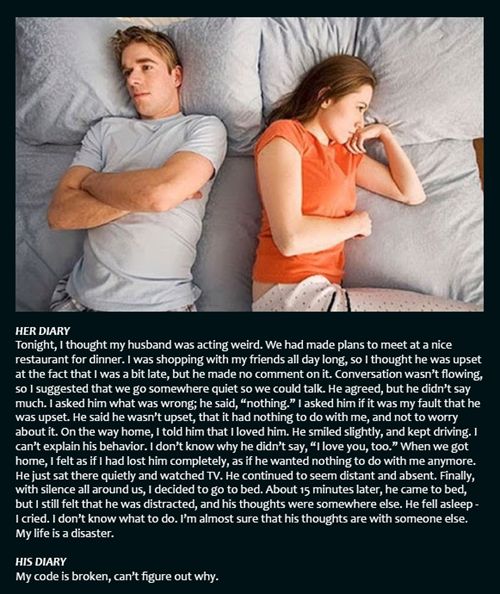“I hesitate to give advice because every major single piece of advice I was given turned out to be wrong and I am glad I didn’t follow them.”
– Nassim Nicholas Taleb
Taking advice from anyone, be it Seneca, an aunt or an admired mentor is risky business. Almost everybody who gives advice means well – even those who make money by doing it. However, it is very easy to overgeneralise with advice. It’s also tempting to shift part of the responsibility for results onto the advice giver – without meaning to do so – just one reason we are drawn to good advice, hacks, secrets, tricks and shortcuts. It’s also not uncommon to receive conflicting advice from seemingly reputable sources. What to do then? Here are four questions to ask before deciding to take on advice.
Is it advice or is a fact?
Exercise is good for you is a fact; it’s not advice. It applies to everyone from recent ICU patients to pregnant women to the elderly to – basically everyone. Obviously, the application of this fact is different for all these people, but it is all based off the same fundamental principle. High-intensity interval training and a ketogentic diet would be good for you is advice. It doesn’t apply to everyone. People who say it assume that everyone is just like them, so it will work for everyone (or for a critical mass that makes the rest irrelevant). It won’t work for everyone – simply because the assumptions don’t hold for everyone. It’s not 100% clear what those assumptions are, perhaps it is genetics, microflora, etc, but it’s not a fact and as advice it needs to be refined, i.e. made contextual – I will explain further on.
How does one distinguish between facts and advice? It’s probably an intuitive judgement that relies on the universality of a statement. If it is a fact, great; a new gem for our wisdom collection. If it is advice, we shall continue to investigate.
Is it a sales pitch?
Watch an interview with Richard Branson. He always says it is very important to let go, not hold a grudge and other such merry stuff. He also always brings up this example: when he started his airline, British Airways tried to sabotage it through a series of illegal tricks like calling Virgin passengers, telling them their flight is cancelled and rebooking them with BA. Being the sound lad that he is, he made up with the management of BA after the dust settled on their conflict. Great story. There’s just one problem. If Mr Branson really took his advice seriously – he wouldn’t have gone around 20 and 30 years later dragging British Airways through the dirt. Yes, they arguably deserve it, but it certainly isn’t an example of letting go and being sound. What it is, is a sales pitch for people who lack insight. Branson is basically talking up the brand that centres so significantly around his persona. If he is sound, surely you will want to buy from him and his c. 400 companies.
There are, of course, less subtle examples of this. Is there a conflict of interest? The most obvious example comes from the glut of people online who sell X teaching others how to sell X. For example, people who sell courses on how to sell courses. Professional advice givers that aren’t really professional – the many life coaches out there – are in that same category. To be fair, even doctors and lawyers could be accused of this. The difference is that there is a greater degree of responsibility that the provider assumes for their client. So the difference isn’t qualitative, it is quantitative.
Taking advice from mentors is ridden with problems too. They have an ego and a reputation to defend. Before I went into medicine, Every. Single. Doctor. I met told me not to do it. They told me I would regret it. Once I was in it, it was a different game. They couldn’t talk to me earnestly like before because they had standards and facades to uphold – a vision to sell. Any complaint regarding the issues in medicine goes down like we’re in the Stanford prison experiment. Ok, it’s not a sales pitch, but it’s a perversely related beast based on a conflict of interest.
The reason advising in various shapes and forms is a whole industry, is that it sells. It sells just like Coke. Advice is a product, it’s the intangible magic pill – one that makes us feel good too.

Is this advice contextual?
Advice without context is meaningless. That part of the advice industry that is tailored is useful. So for example, a one-on-one consultation with a doctor or lawyer, an engagement with a management consultant would be contextual. They ask questions, in other words, they find out the context. All advice should really always carry the same disclaimers as medical advice. For example, Marcus Aurelius’ advice to live every day like it’s our last isn’t right for everyone. Similarly, just because Jimmy does better on the purple inhaler doesn’t mean that Bobby will too. It wouldn’t be right for Jimmy to tell Bobby to throw out his brown inhaler and buy a purple one. This logic should be applied to all advice.
This is one of the reasons why “secrets” often traded by people who did well in something are of limited value. They lack context. Furthermore, this is made worse by a certain cognitive bias: once one learns something, it is virtually impossible to imagine not knowing about it.
Daniel Kahneman, in his wonderful Thinking Fast and Slow, showed that we have 2 systems: one intuitive, stereotype-driven fast system, and the other logical slow system. The trick here is that everyone’s fast system is slightly different. The point of giving advice is to elicit an idiosyncrasy about this particular person’s fast system that is so far from reality that it is hurting them.
Do I want to swap places with this person?
It’s only a crude proxy, it doesn’t always apply, but generally, unless a person is living your dream at least in that aspect of their life on which they are advising – it’s probably not worth taking their advice. It still a valuable data point, but not good advice. This is why it is hard to take advice from overweight doctors and why reading the biographies of philosophers has me feeling shocked with their trail of pregnant land ladies and other hypocrisies. It is also the reason why role models are usually more beneficial than advice givers.

And yes, I know that someone out there will call this advice – or even meta-advice! However, I don’t think it is possible to give advice by asking questions. Questions direct people to narrower answers, but I do believe that this set of filters will lead to more thoughtful and relevant decisions.




 Mindfulness helps me to stay in touch with reality. Walking is simply good for us human beings, as N.N. Taleb says. He can nearly match a word count of his essay writing to his miles walked. It’s near impossible to stay cognitively refreshed unless one reads. Exercise goes without saying.
Mindfulness helps me to stay in touch with reality. Walking is simply good for us human beings, as N.N. Taleb says. He can nearly match a word count of his essay writing to his miles walked. It’s near impossible to stay cognitively refreshed unless one reads. Exercise goes without saying.









